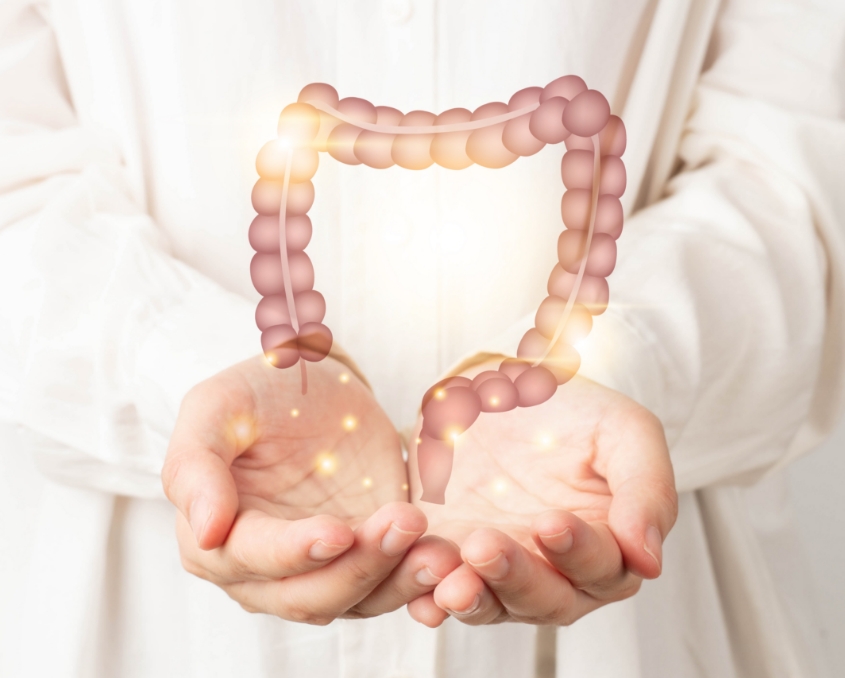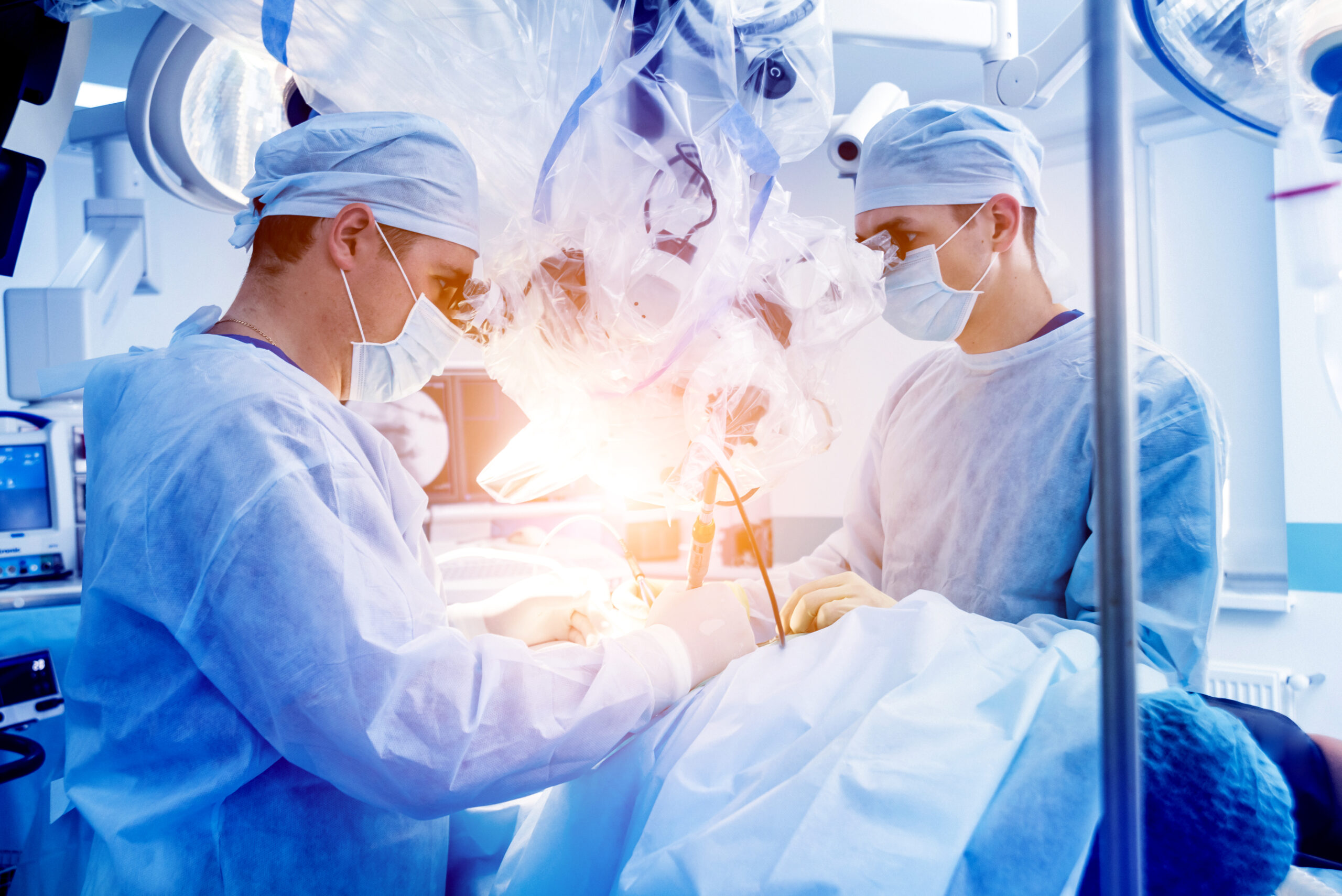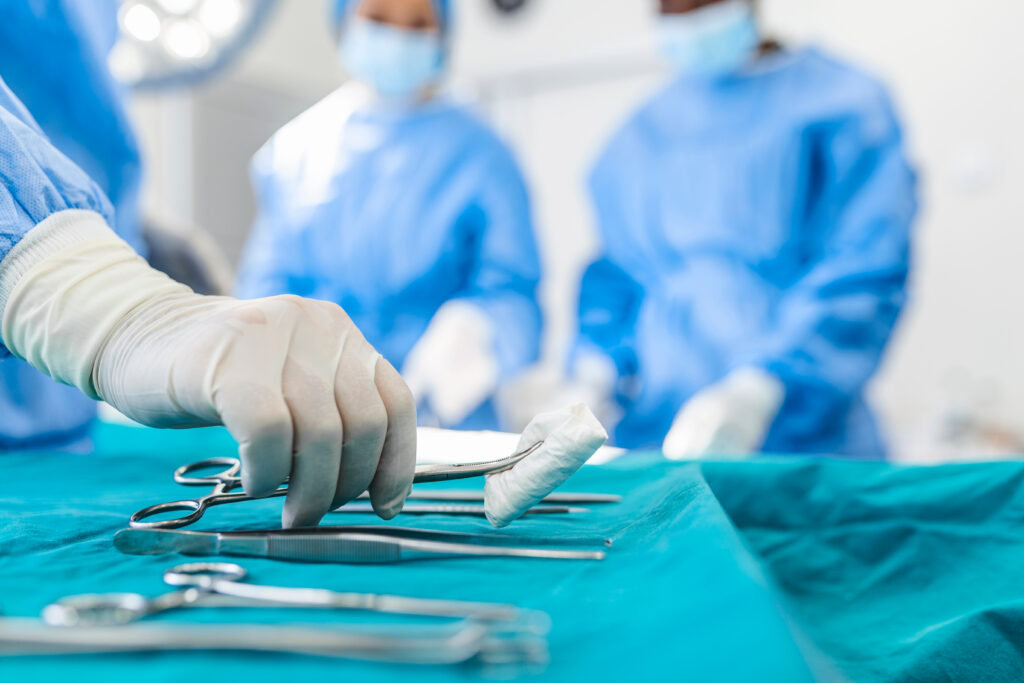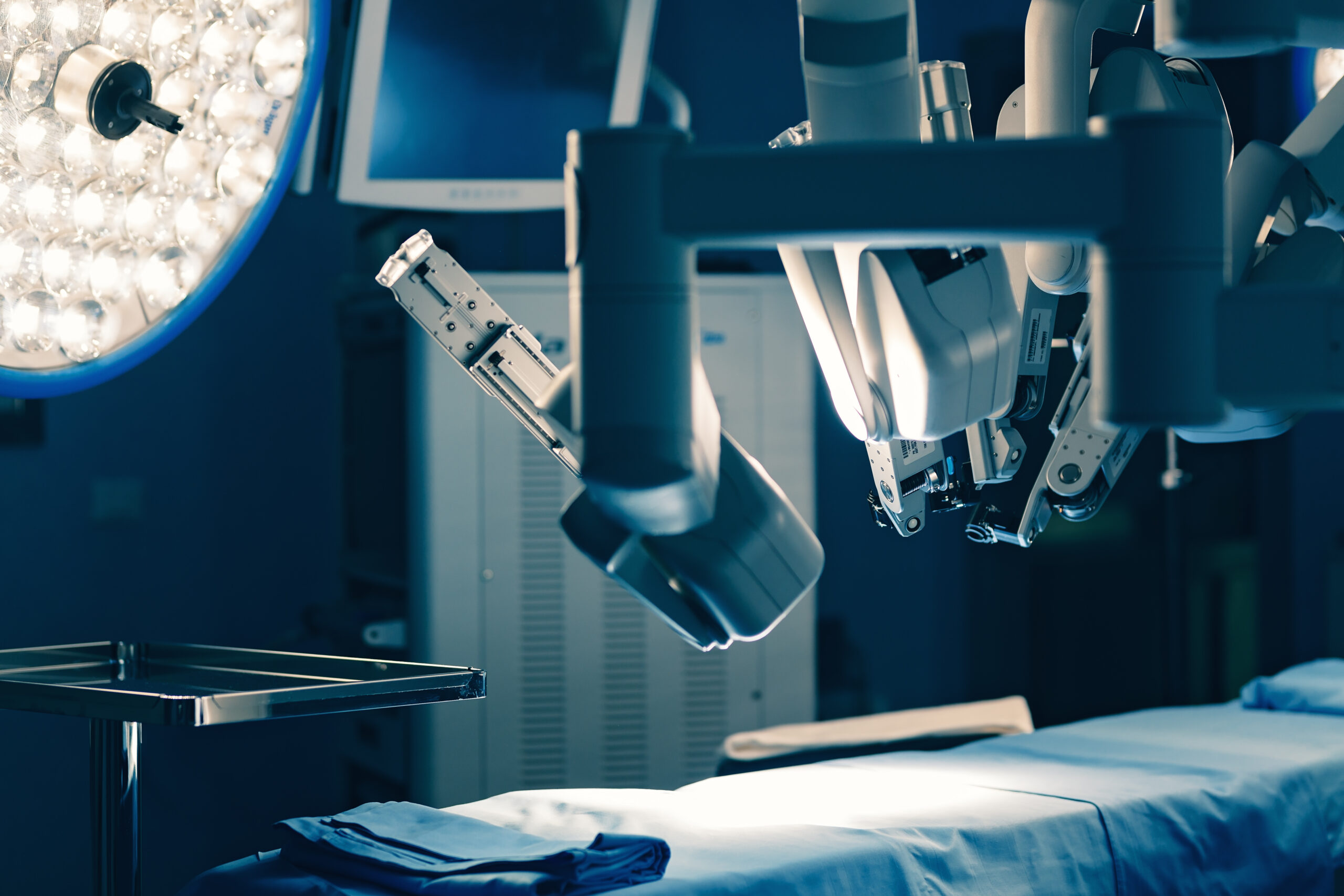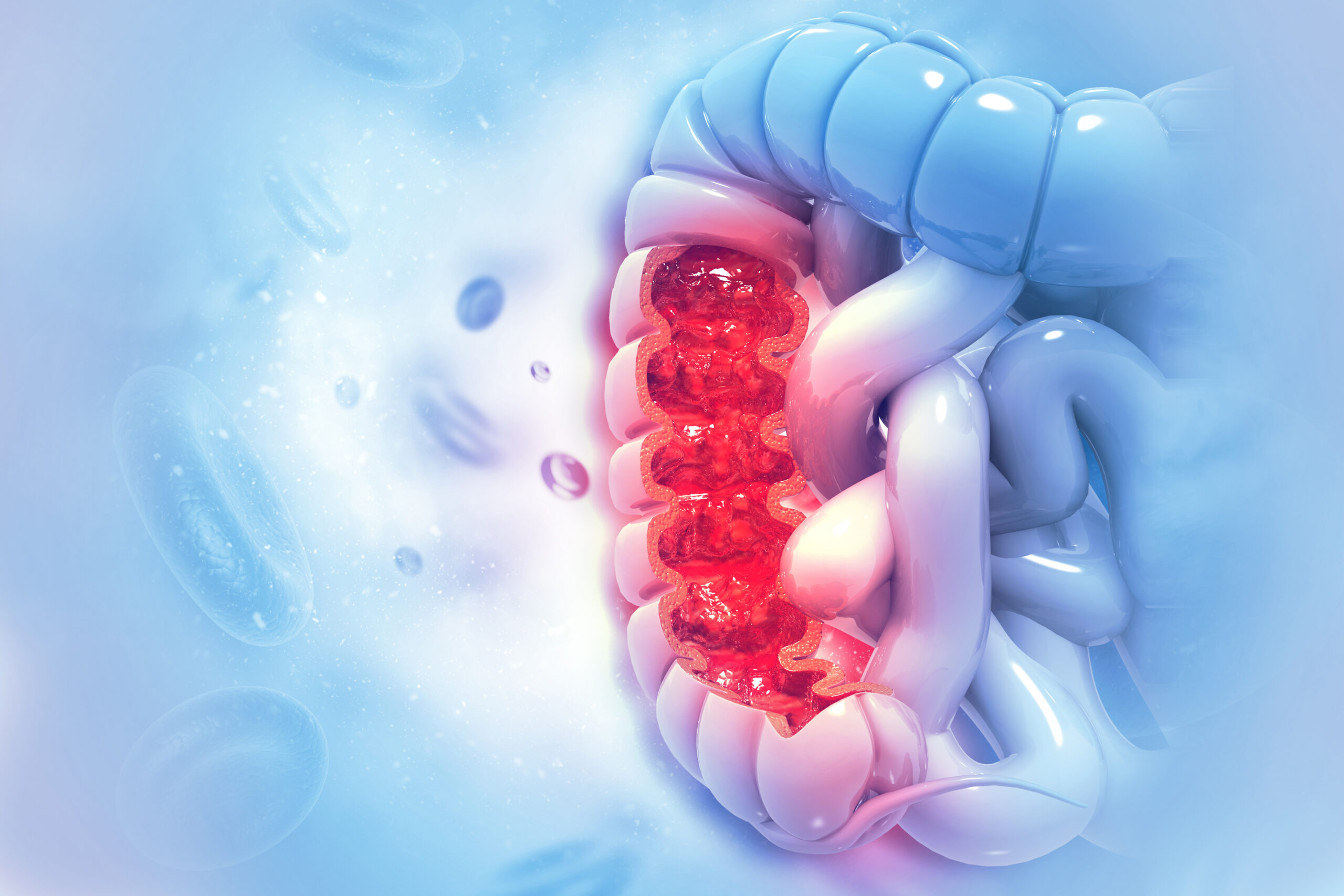Treatment is considered if Piles become significantly enlarged and prolapse (hang down) from the anus or if they become symptomatic, causing bleeding, itchiness, mucous discharge, or occasionally severe pain.
Piles are easily diagnosed on examination, but other investigatory tests are often required to rule out alternative causes of symptoms. Symptoms may improve with simple measures aimed at avoiding constipation and straining to stool, but surgery can also be very effective if indicated. Surgical options range from simple banding procedures which can be performed in the clinic without the need for anaesthesia, to more advanced techniques in theatre such as haemorrhoidal artery ligation and haemorrhoidopexy (HALO or THD) and surgical excision of Piles (haemorrhoidectomy).
Treatment options are individually tailored and will depend on whether the haemorrohoids are internal (within the anal canal) or external (prolapsing out of the anal canal) and the degree of symptoms they cause.


